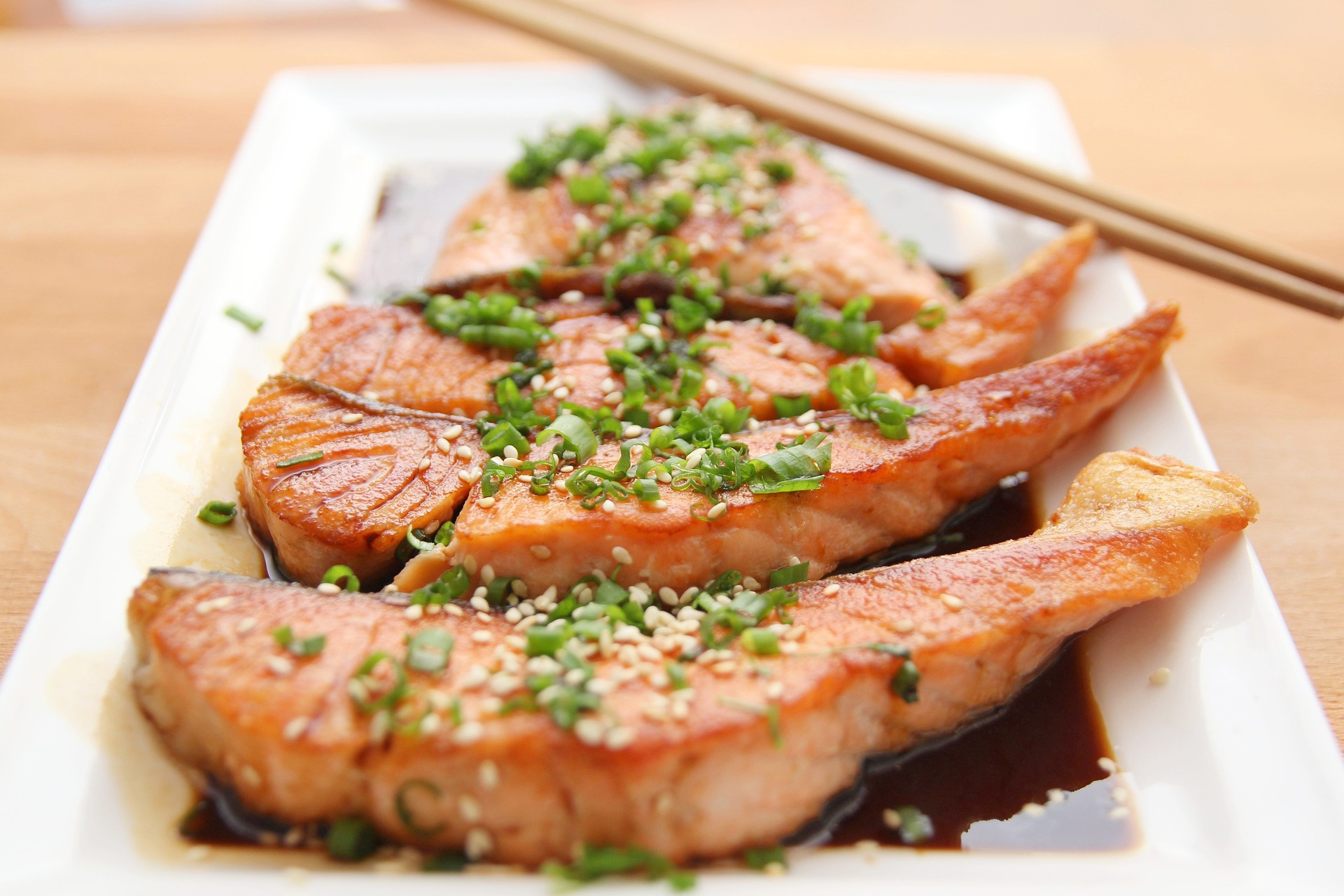Unveiling the Secrets of Modern Australian Cuisine
Australia's culinary scene is vibrant, diverse, and ever-evolving. This article takes you on a gastronomic tour of the Land Down Under, introducing you to its unique flavors and innovative cooking techniques. Australian cuisine is a fascinating blend of age-old Aboriginal traditions, British influences, and flavorful migrant contributions. While the world often associates Australia with iconic foods like Vegemite and meat pies, the country's culinary scene is far richer and more complex.

Section 1: Aboriginal Roots and British Influence
The roots of Australian cuisine can be traced back to the Aboriginal people, who for thousands of years thrived on a diet of native plants and animals. Today, ingredients like kangaroo, emu, and witchetty grub remain staples in some parts of the country.
The British colonization in the 18th century brought along foods like meat pies, fish and chips, and roast dinners. These dishes have endured and morphed, becoming unique Australian versions of the original recipes.
Section 2: Impact of Migration
Australia’s culinary scene has been greatly shaped by migration. Post World War II, immigrants from Italy, Greece, and other Mediterranean countries introduced fresh salads, pasta, and coffee culture. Later, Asian immigrants brought the vibrant flavors of countries like China, Vietnam, and Thailand.
This multicultural influence has given rise to a distinct ‘Mod Oz’ (Modern Australian) cuisine, which mixes ingredients and techniques from various cuisines in innovative ways.
Section 3: Embracing Local Produce
Australians take pride in their local produce. From seafood caught in pristine waters to fruits and vegetables grown in rich, fertile soils, the quality of ingredients is paramount. Farmers’ markets are popular, and farm-to-table dining is a growing trend.
This focus on local, seasonal produce not only ensures fresh, flavorful dishes but also promotes sustainability and supports local farmers.
Section 4: Unique Australian Ingredients
Australia’s unique flora and fauna give rise to some intriguing ingredients. Native herbs and spices like wattleseed, finger limes, and macadamia nuts are finding their way into contemporary Australian dishes.
There’s also a burgeoning craft beer and wine industry, with regions like Barossa Valley, Margaret River, and Hunter Valley producing world-class wines.
Facts and Insights about Australian Cuisine
-
Australia’s multicultural society has given rise to ‘fusion cuisine,’ with dishes combining elements from various culinary traditions.
-
Australia’s coffee culture is renowned, with Melbourne often touted as one of the world’s best coffee cities.
-
Australia is the world’s largest exporter of lamb and is known for its high-quality beef.
-
Native Australian ingredients, known as ‘bush tucker,’ are being increasingly used in modern Australian cooking.
-
Australian wines, particularly Shiraz and Chardonnay, have gained international acclaim.
Section 5: The Future of Australian Cuisine
The future of Australian cuisine looks bright and exciting. Chefs across the country continue to innovate, drawing inspiration from Australia’s rich cultural heritage and bountiful produce. With sustainability becoming a key focus, we can expect to see more emphasis on native ingredients, ethical meat production, and waste reduction.
Conclusion
Modern Australian cuisine is a culinary adventure, reflecting the country’s diverse history, multicultural society, and stunning natural resources. Whether it’s a traditional meat pie, a gourmet fusion dish, or a glass of fine Australian wine, there’s something to entice every palate. So, the next time you’re Down Under, be sure to delve into the local food scene and taste the flavors of Australia.




